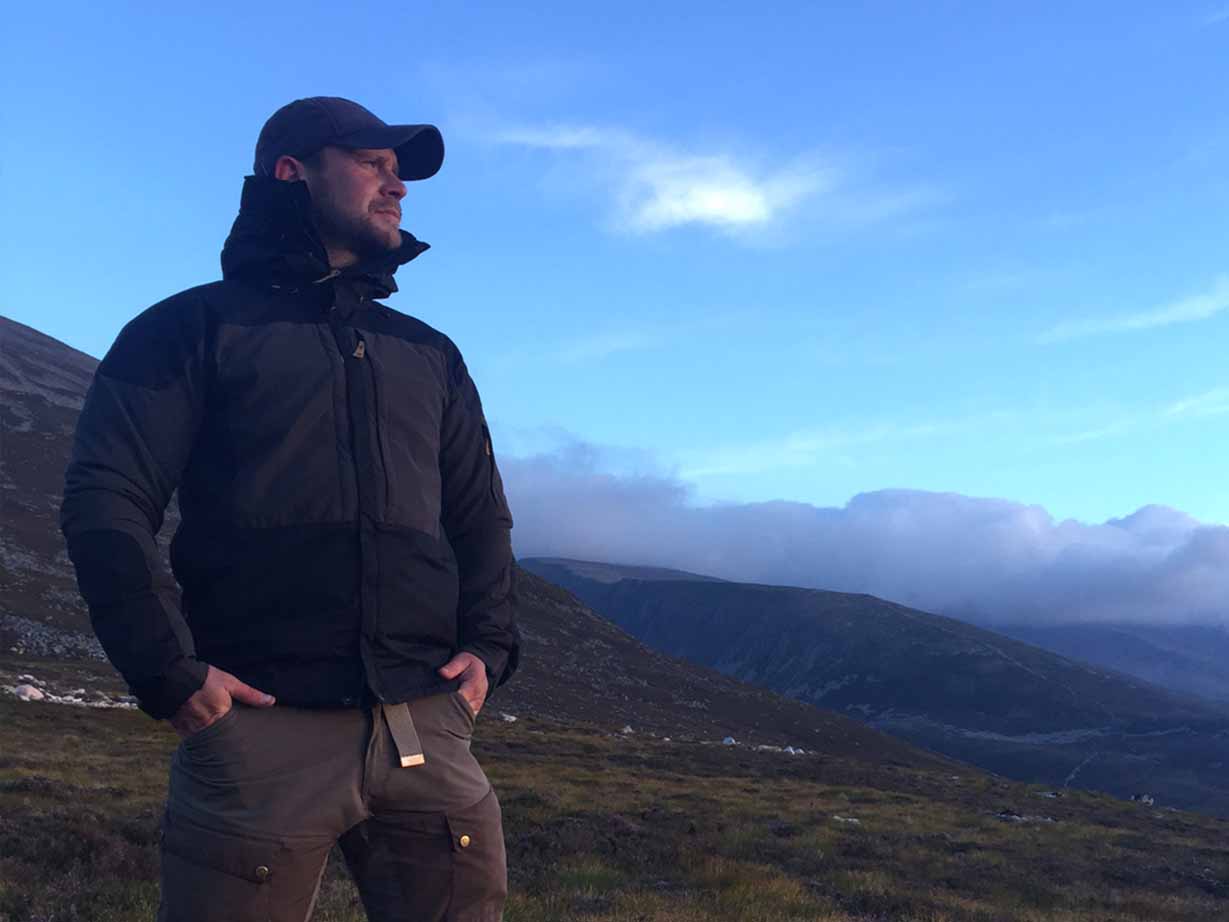
Looking for the perfect Bushcraft/Survival Christmas present? Designed by Neil Foote of BCS and crafted by John Scruby of JES Knives. The BCS Knife is designed as an all round survival knife to be utilised in a wide range of scenarios and environments; from sea level to mountain top, and everything in between! When you book on a BCS course in 2017 the BCS knife will be there for you to trial.
Vital Statistics;
- Medium Profile. Full Tang Scandi Grind. 4″ 01 Tool Steel Blade (medium alloyed oil hardening steel). 4 mm Stock.
- Thumb Grips for wet weather grip. Ferrous Rod striker groove.
- 5.5 ” British Whale Brand Tuffnol handle. Stock handle is ergonomically designed for grip in wet weather.
- Bow drill dimples. Lanyard eyelet (to fit .22 bullet) Bone/Glass breaker.
- Kydex Sheath for easy care in the field/anti corrosion. 9mm ferrous sriker storage.
Does the perfect all round survival knife exist, or is it similar to the perfect pair of winter gloves?! Its all very much up to the individual as to what/where/when they will be using it at the end of the day. The concept behind the BCS knife is that it has been designed with our courses in mind, and our clients complement us on our realistic training.
The blade has been designed to be heavy duty for all round woodland use, but well enough balanced and profiled for building traps and finer work. A full tang 4mm stock made of 01 Tool steel means the potential for distortion during heavy work is kept to a minimum, as does the potential for corrosion, yet the cutting edge can be kept razor sharp. The majority of Survival blades struggle with skinning small/big game, to us this is a big no no! The BCS is designed by John Scrubbie of JES knives. These guys have a long pedigree in providing quality knives to hunters and keepers who use their blades for this very reason!
bow drill dimples have been added to cut down on physical output when your friction wood isn’t perfectly dry and the lanyard eyelet will prize a .22 bullet from a round. The striker groove in the stock gives off a consistently bright shower of sparks. It is also possible to get sparks from the Bone/Glass breaker, using flint/quartz.
Why Kydex? Not as attractive as leather but the BCS knife is all about function over form. Having experience of running courses in the mountains, on the coast as well as in the woods we know that build up of grit over time can act as an abrasive on the cutting edge. Kydex is far easier to clean out, it also has the upside of drying out far quicker than leather, reducing the time that the steel is in contact with moisture.
The full package will weigh in at £180.00, which for an all rounder is exceptional. Still not sure? Why not book on one of our courses in 2017 where you will be able to test the BCS knife for free!
Keep up to date with our blog for more offers on our Bushcraft and Survival Courses in Scotland and North East England – We feature discounts and competitions regularly.











































 Message an Instructor now
Message an Instructor now